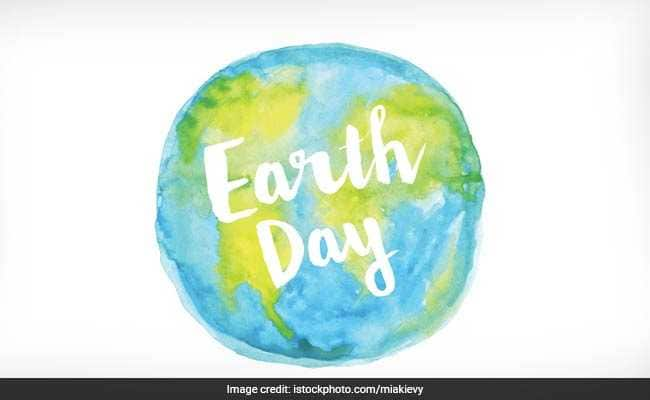DAY 5: The Sky’s the Limit!
Activity 1: Environment Day - Beat Plastic Pollution [4 points]
Every year we celebrate World Environment Day in June. On World Environment Day we do what we can to protect our planet. This year the focus is on reducing the use of plastic bags and water bottles. Watch this Environment Day video to learn more about it!
What could you and your family do to protect the planet?
On your blog tell us three things that you could do to help save the planet.
- Stop using plastic bags
- Not using plastic bottles
- Not wasting water - (eg: shower for about 4-5 minutes)
Activity 2: Adoption Day [4 points]
Not only can you help the planet by reducing, reusing and recycling, you can also help to save animals and plants by ‘adopting’ them. To ‘adopt’ an animal through the World Wildlife Fund (WWF), you need to visit their adopt a species page, read through the list of animals and choose one.
With the WWF, you don’t actually adopt the animal and bring it home! It’s a symbolic adoption. In this case you pay a fee ($55.00) and the money is used to provide food and care for your chosen animal. Visit the WWF site and take a look at the animals who are available for adoption. Choose your ‘top three’ animals from the website.
On your blog, list the three animals that you have chosen and then compare and contrast them. How are they similar? How are they different? At the bottom of you post, tell us which of the three animals you would most like to adopt..
- Kangaroo
- Amur Leopard
- Koala
Activity 3: Concluding the Journey [10 points]
Sadly, the Summer Learning Journey has now come to an end. It is time to reflect on everything that you have learned about the environment and, particularly, about how you can protect and preserve it.
On your blog please tell us:
1. What is one thing that you learned from participating in the Summer Learning Journey programme this year?
1. What is one thing that you learned from participating in the Summer Learning Journey programme this year?
That we can learn new facts and information about Earth.
2. What is one thing that surprised you?
That we would learn heaps of new information about endangered animals and more.
3. What is one thing that concerned or upset you?
It took more time to complete activities than the last 2017-18 Summer Learning Journey.
4. What is one thing that you (or your family) can do, moving forward, to help protect our natural environment?
Not using a lot of plastic items. Not using a lot of power/electricity.
